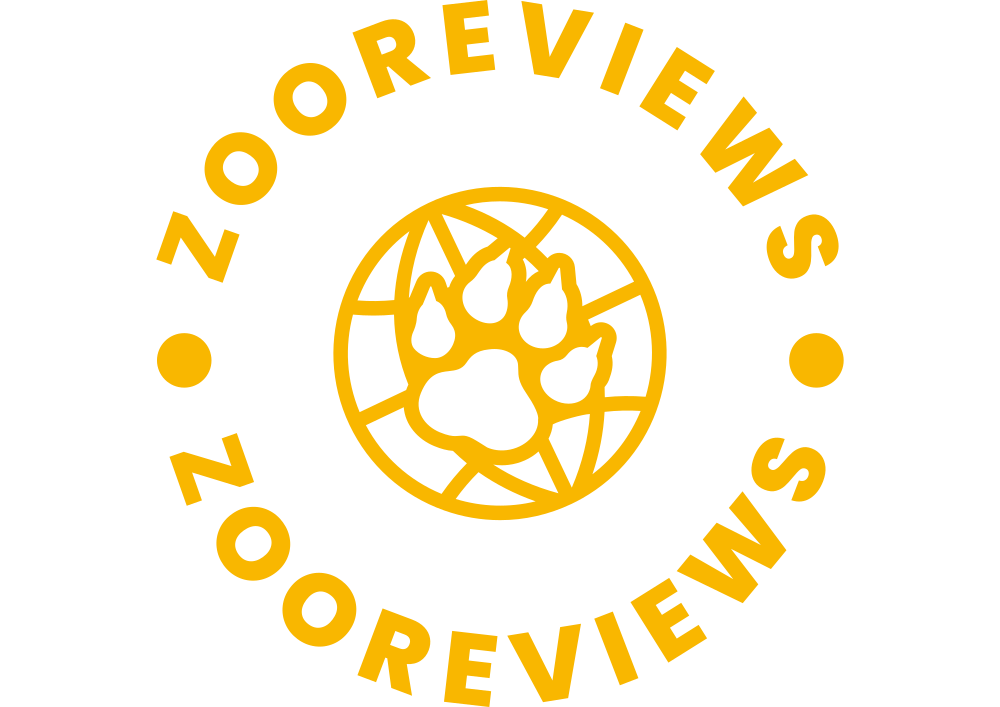Iridium Communications, a global mobile voice and data satellite communications network, has partnered with the Smithsonian’s Movement of Life Initiative to support conservation efforts through the science of animal tracking.
Iridium has created a special program to support Smithsonian scientists as they work to advance conservation through the science of animal tracking. With Iridium satellite connections, Smithsonian scientists can collect data on wildlife in remote areas and respond in real-time to animals that are potentially in danger.
Iridium is working with Smithsonian to monitor the movements of various species of animals including Asian elephants, jaguars, wildebeests, bobcats, and addax. This will provide valuable information for conservation efforts on the ground, aiding in the protection of threatened and endangered species.
How This Will Help Zoo Animals
The program will provide valuable data for conservationists to better understand the migrations of these animals and the ecological impacts on their well-being. This information can be used to inform conservation efforts to protect the species and their habitats.
How Wild Animals Will Benefit
By tracking the movements of these animals, conservationists can monitor their positions and respond in real-time to animals that are potentially in danger. This will aid in the protection of threatened and endangered species, improving their chances of survival.
How The Smithsonian Zoo is Helping to Protect Animals
The collaboration between Iridium and Smithsonian is a first-of-its-kind program that will help protect endangered and threatened species. Iridium is using its satellite connections to transmit real-time data on wildlife, and Iridium Extreme Push-to-Talk devices are being used to provide reliable group communications for scientists and their teams in the field. This program is made possible through collaboration with Iridium partners, including Applied Satellite Technology, Savannah Tracking, Ground Control, and VECTRONIC Aerospace.









